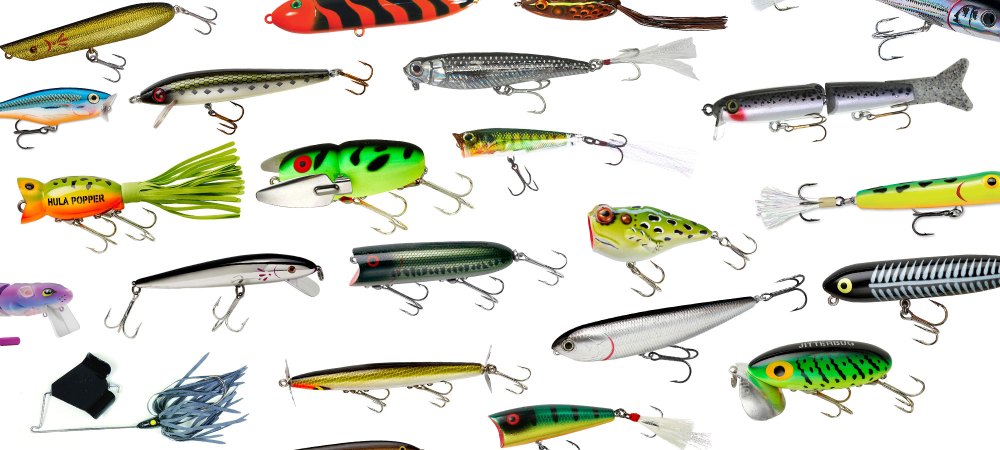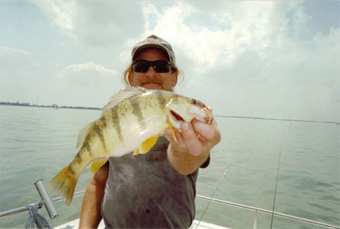I’m about as much into eelskin wallets as I am designer shoes by Roberto Guerrini (I kid you not, he has eelskin winklepickers and slip-ons for your tootsies). That said, a lot of guys and gals simply love the svelte look and cushy feel of eel wallets, and therein lays a problem that periodically raises its serpentine–like head.
Eelskin wallets are rumored to demagnetize your credit and ATM cards because of a residual charge in the skin of electric eels from which the accessories are supposedly built. Foolish?
 Yep, especially because those wallets are produced not from eels but the hagfish, a brainless, boneless, jawless, nearly blind, eel-like horror with three accessory hearts and a lamprey-like mouth. The hag’s endearing lifestyle is built around boring into dead and dying fish, eating them from the inside and then emerging from the remaining skin-and-bones to swim away. Added to this pleasantness, when they’re alarmed hagfish exude copious amounts of sticky slime whose proteins scientists have discovered can be made into surgical sutures. Benefit? Said sutures supposedly trigger no immune response from the human body (I’ll take gut or nylon, thanks).
Yep, especially because those wallets are produced not from eels but the hagfish, a brainless, boneless, jawless, nearly blind, eel-like horror with three accessory hearts and a lamprey-like mouth. The hag’s endearing lifestyle is built around boring into dead and dying fish, eating them from the inside and then emerging from the remaining skin-and-bones to swim away. Added to this pleasantness, when they’re alarmed hagfish exude copious amounts of sticky slime whose proteins scientists have discovered can be made into surgical sutures. Benefit? Said sutures supposedly trigger no immune response from the human body (I’ll take gut or nylon, thanks).
So what’s the deal with all the supposed cases of degaussed plastic money carried in eel, er…hag wallets? The demagnetization really has occurred. The answer is that most eelskin billfolds close with a magnetic clasp, and that’s the chief culprit. Also, given the thinness of the wallets, the magnetic strips on cards placed in wallet slots can scramble one another. The obvious solution—if you must have eel—is to avoid a wallet with magnetic closure and keep mag card strips facing away from one another.
Personally, I’m sticking with my Filson buffalo billfold.








